Understanding Brick Tuckpointing Costs
Brick tuckpointing involves repairing and restoring the mortar joints between bricks to maintain structural integrity and aesthetic appeal. The cost varies based on several factors including the extent of damage, brick type, and project complexity. Accurate budgeting requires considering these key elements.
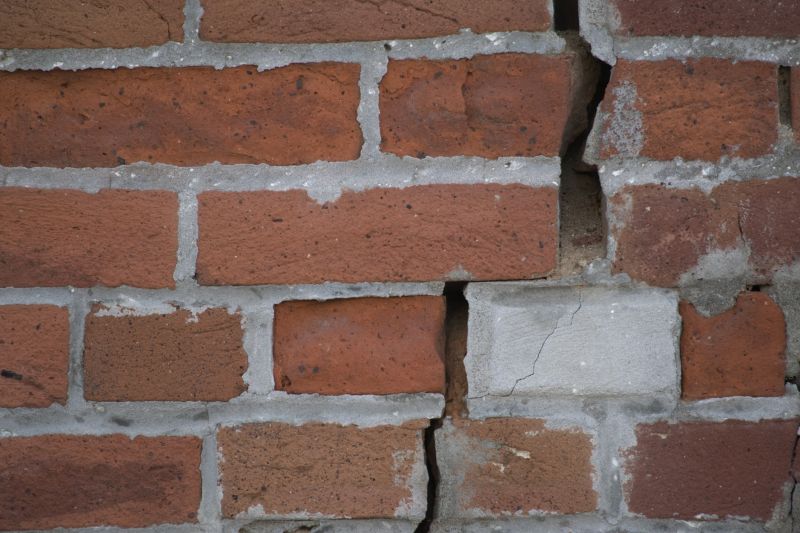
The amount of mortar needing repair significantly influences the overall cost. Larger or more extensive damage requires more labor and materials.
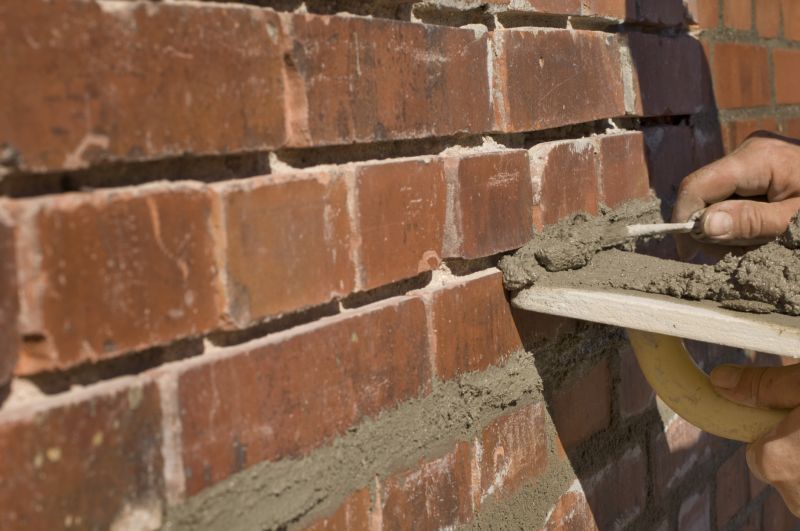
Different brick types and finishes can affect material costs and the complexity of the tuckpointing process.
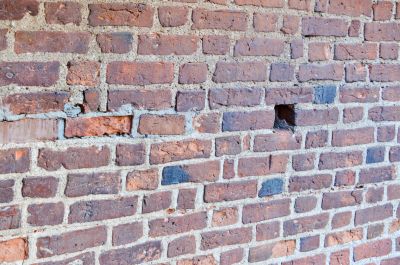
Easier access to the work area can reduce labor time and costs, while hard-to-reach areas may increase expenses.
| Factor | Impact on Cost |
|---|---|
| Project Size | Larger projects increase total costs due to more materials and labor. |
| Mortar Type | Premium or custom mortars can raise material expenses. |
| Wall Height | Higher walls may require scaffolding, adding to costs. |
| Brick Condition | Severely damaged bricks may need replacement, increasing costs. |
| Labor Complexity | Intricate designs or difficult access elevate labor charges. |
| Location | Regional labor and material prices influence overall expenses. |
| Project Timeline | Urgent projects can incur higher charges. |
The cost of brick tuckpointing is influenced by the scope and specific conditions of each project. Typically, prices are calculated based on the total area, with larger surfaces requiring more extensive work. The choice of mortar, brick condition, and accessibility also play critical roles in determining the final expense. Proper assessment ensures an accurate estimate and quality results.
In addition to basic tuckpointing, detailed inspections may reveal underlying issues such as cracked bricks or moisture intrusion, which can add to the project's cost. Addressing these problems early can prevent more costly repairs in the future. Budgeting for potential contingencies is advisable to accommodate unforeseen repairs or adjustments during the project.

Interior brick repairs often involve less exposure to weather but require careful handling to prevent interior damage, influencing costs.
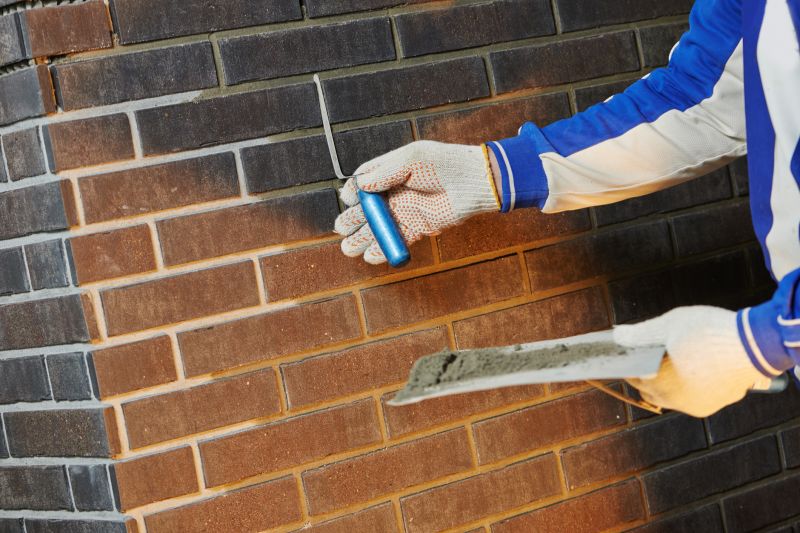
Restoring historic or aged mortar involves specialized techniques, which can increase labor costs.
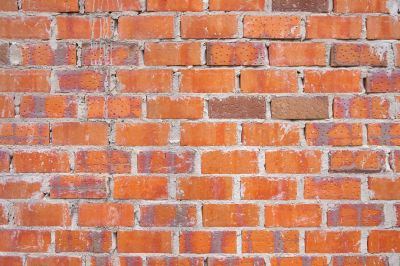
Custom color matching for mortar to blend with existing brickwork adds to project expenses.
| Service | Average Cost Range |
|---|---|
| Basic Tuckpointing | $8 - $15 per square foot |
| Repointing with Replacement | $12 - $20 per square foot |
| Interior Brick Repair | $10 - $18 per square foot |
| Historic Brick Restoration | $15 - $25 per square foot |
| Mortar Color Matching | $50 - $150 per color |
| Brick Replacement | $20 - $35 per brick |
| Scaffolding Setup | $500 - $2,000 depending on height |
| Waterproofing Sealant | $2 - $5 per square foot |
| Structural Reinforcement | Variable based on scope |



